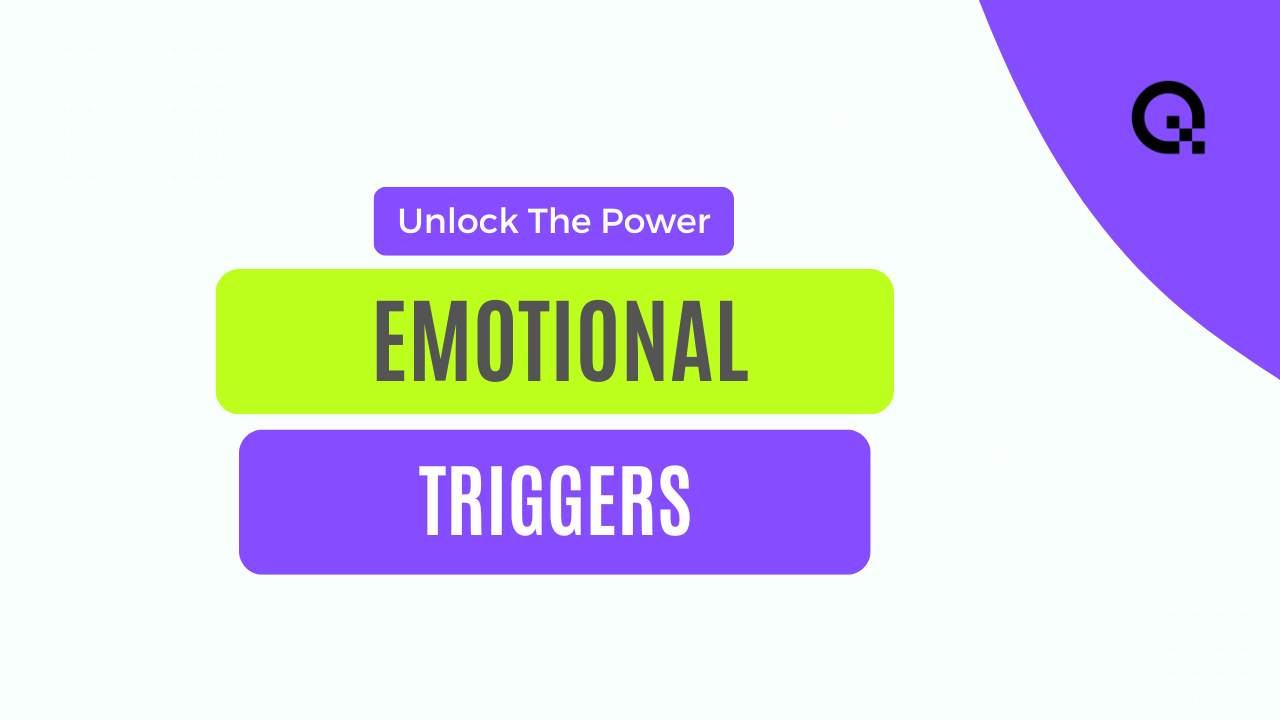The Power of Scarcity: Mastering Marketing Techniques
In the world of marketing, there is a powerful technique that has been proven to drive sales, create buzz, and generate a sense of urgency among consumers. This technique is known as scarcity marketing, and it plays on the basic principle of supply and demand.
Understanding Scarcity Marketing
Scarcity marketing is a strategy that leverages the idea that people are more likely to desire something that is perceived as rare or in limited supply. By creating a sense of urgency and exclusivity, marketers can tap into consumers' fear of missing out (FOMO) and drive them to take action.
One of the key components of scarcity marketing is the limited availability of a product or service. This can be achieved through tactics such as limited edition releases, flash sales, or countdown timers on websites. By restricting the supply of a product, marketers can increase its perceived value and desirability.
Scarcity marketing also plays on the psychological principle of loss aversion, which suggests that people are more motivated by the fear of losing something than by the potential for gain. By highlighting what consumers stand to lose if they don't act quickly, marketers can create a sense of urgency that compels them to make a purchase.
The Psychology Behind Scarcity
Scarcity marketing works because it taps into some fundamental aspects of human psychology. When faced with limited quantities or time constraints, people are more likely to act impulsively and make decisions based on emotion rather than logic.
Scarcity triggers a fear of missing out, which is a powerful motivator for consumers. This fear is amplified by social proof, as people are more likely to desire something that others also want. By creating a sense of competition and exclusivity, marketers can drive demand for their products and services.
Additionally, scarcity marketing can create a sense of prestige and status for those who are able to secure a limited item. By positioning a product as exclusive and hard to obtain, marketers can attract a specific target audience who values rarity and uniqueness.
Implementing Scarcity Marketing Strategies
There are several ways that businesses can incorporate scarcity marketing into their overall marketing strategy. One common tactic is to create limited-time offers or promotions that encourage customers to act quickly. By setting a deadline or countdown, marketers can create a sense of urgency that motivates consumers to make a purchase.
Another effective strategy is to limit the quantity of a product available for sale. This can be done by releasing a limited edition version of a product or by offering a one-time-only deal. By emphasizing the scarcity of the product, marketers can drive up demand and create a sense of exclusivity.
Creating a sense of urgency through scarcity marketing can also be achieved through social proof and testimonials. By showcasing how popular a product is or how quickly it is selling out, marketers can create a sense of competition among consumers and drive them to take action before it's too late.
Conclusion
Scarcity marketing is a powerful tool that can help businesses drive sales, create buzz, and build brand loyalty. By leveraging the psychological principles of scarcity and urgency, marketers can tap into consumers' emotions and drive them to take action. By implementing scarcity marketing strategies effectively, businesses can create a sense of exclusivity and desirability around their products and services, ultimately leading to increased sales and customer engagement.
Mastering the art of scarcity marketing requires a deep understanding of consumer behavior and psychology. By creating a sense of urgency and exclusivity, businesses can compel consumers to act quickly and make a purchase. By incorporating scarcity marketing techniques into their overall marketing strategy, businesses can stand out in a crowded marketplace and drive success for their brand.



